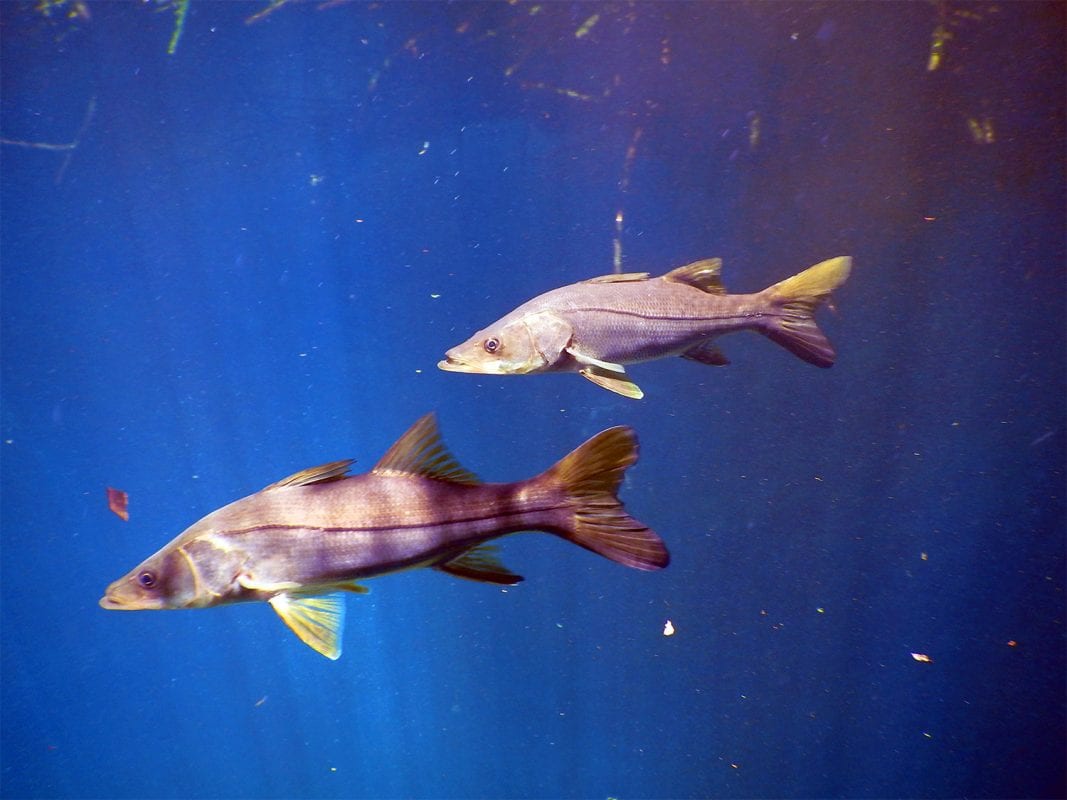Coastal Conservation Association Florida (CCA Florida) is partnering with the Florida Fish and Wildlife Conservation Commission (FWC) and Mote Marine Laboratory (Mote) to address the loss to the snook population on the southwest coast as a result of the Florida red tide event.
The two-year initiative includes raising and releasing 10,000 hatchery-reared juvenile snook along Florida’s southwest coast. It will launch in April 2019 following the Florida red tide bloom and when waters are determined to be safe. Fundraising for the program, a cost of over $440,000, will include outreach to the community through an Adopt-A-Snook program. Furthermore there will be a formation of additional private-nonprofit partnerships.
“Anyone who lives or fishes the southwest coast understands the devastation our fisheries are seeing from this red tide, and it’s our duty to address the issue,” said Brian Gorski, CCA Florida Executive Director. “Snook are an iconic fish to our state, and we are extremely excited and honored to partner with FWC and Mote to help recover this fishery and enhance it for future generations.”
Snook are one of the most sought after catches by anglers in southwest Florida. They return to the same beaches to spawn annually during summer. Unfortunately, summer was also a peak time for red tide toxins along the beaches of Gasparilla and Little Gasparilla Islands.
“The continuing impacts of the southwest Florida red tide are evident to all of us who call these communities our home,” said Dr. Michael P. Crosby, Mote president & CEO. “One of the potentially most devastating and highly visible impacts around Charlotte Harbor was to the spawning snook population. Many of the dead snook were laden with eggs to produce the next generation.”
Florida Red Tide Restocking
With support and partnership from CCA Florida and FWC, Mote will restock juvenile snook to specific, tidal-creek “nurseries” that would usually be supplied by spawning aggregations hit hard by the bloom. Each of the hatchery-reared snook will be tagged with passive integrated transponder (PIT) tags. These tags will allow Mote scientists to monitor and track the progress of the juveniles throughout the study. This includes monthly stocking efforts designed to elevate the system towards its carrying capacity.
Mote’s experimental work has shown that the abundance of juvenile snook can nearly double in underutilized nursery habitats through stocking 10-month-old juveniles. In addition, ongoing Mote studies suggest that tagged, juvenile snook find some degree of refuge from red tide in tidal creek and riverine environments with fresher water less conducive to the red tide.
In addition to the stocking, anglers are encouraged to help snook and other inshore populations by releasing their catch. This summer, CCA Florida launched the “Release Them For Tomorrow” program. Anglers are encouraged to share by tagging their social media photos, comments and messages with #ReleaseThemForTomorrow to show their support.
Join CCA Florida at JoinCCA.org. For more information visit the Facebook page or ccaflorida.org.
Photo by Lara Danielle/flickr
